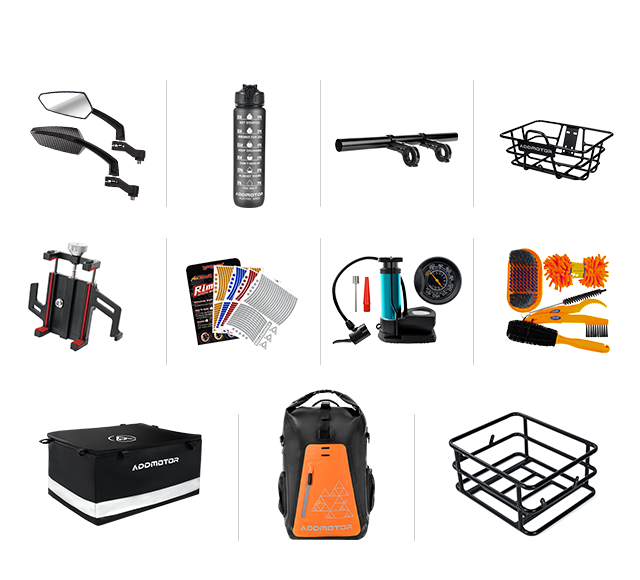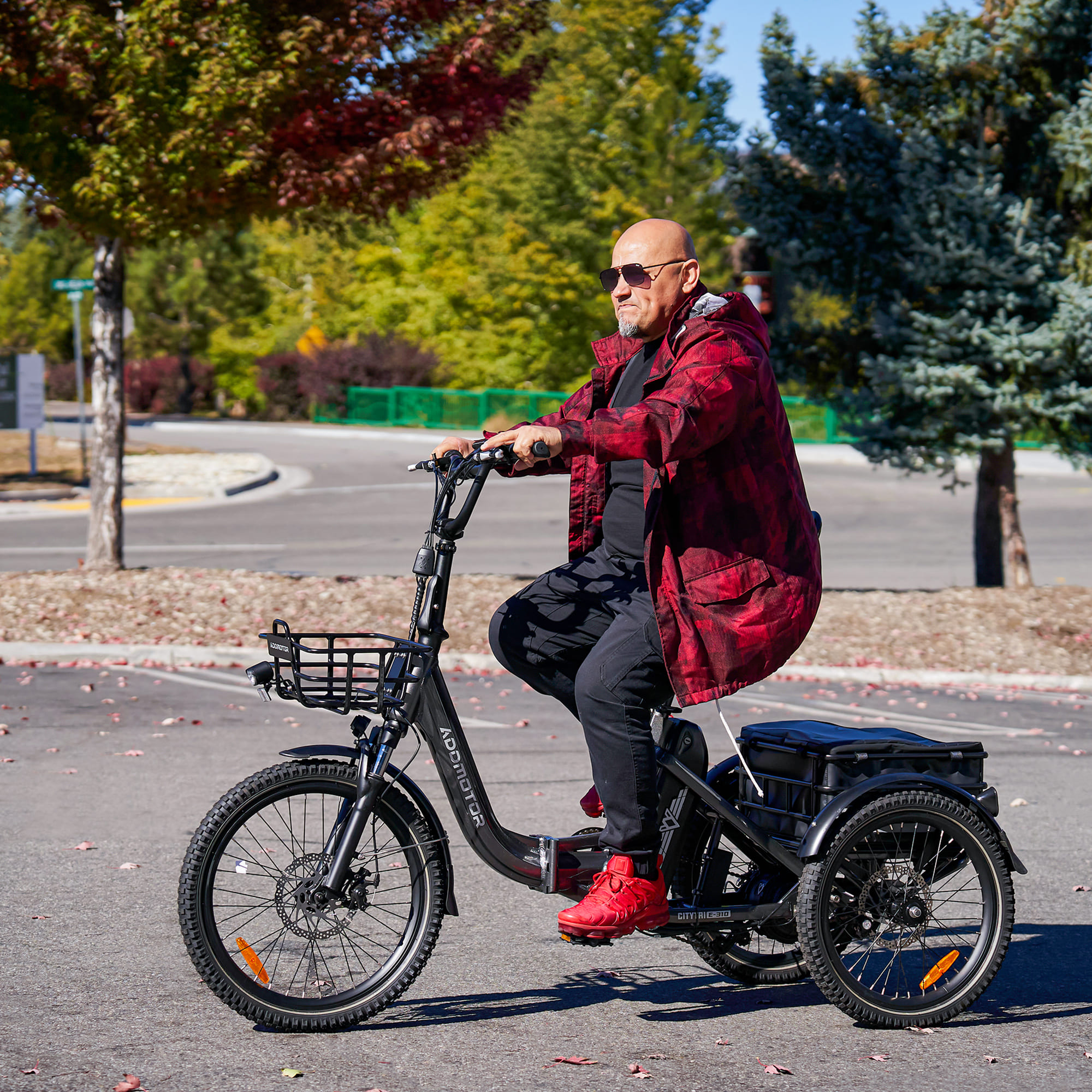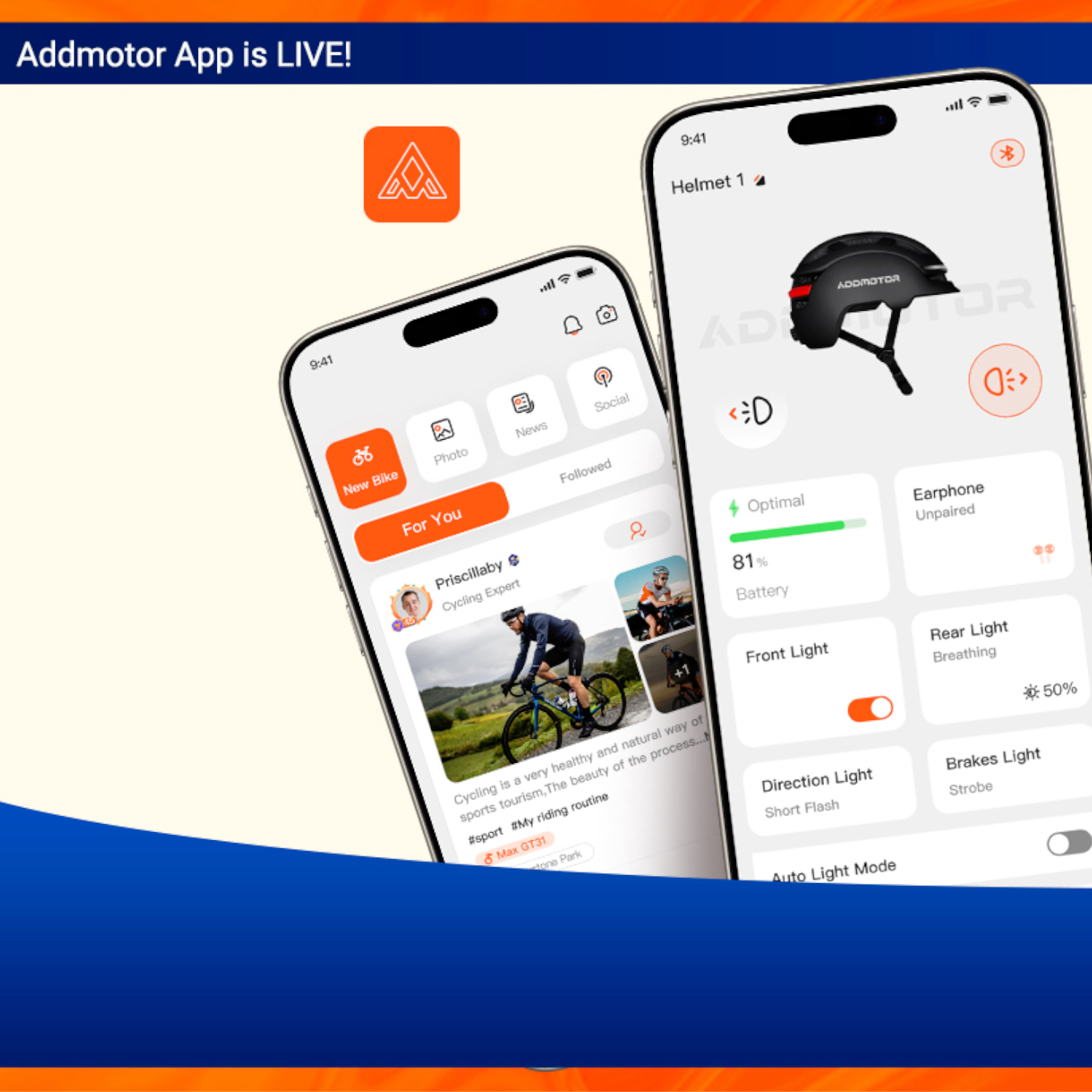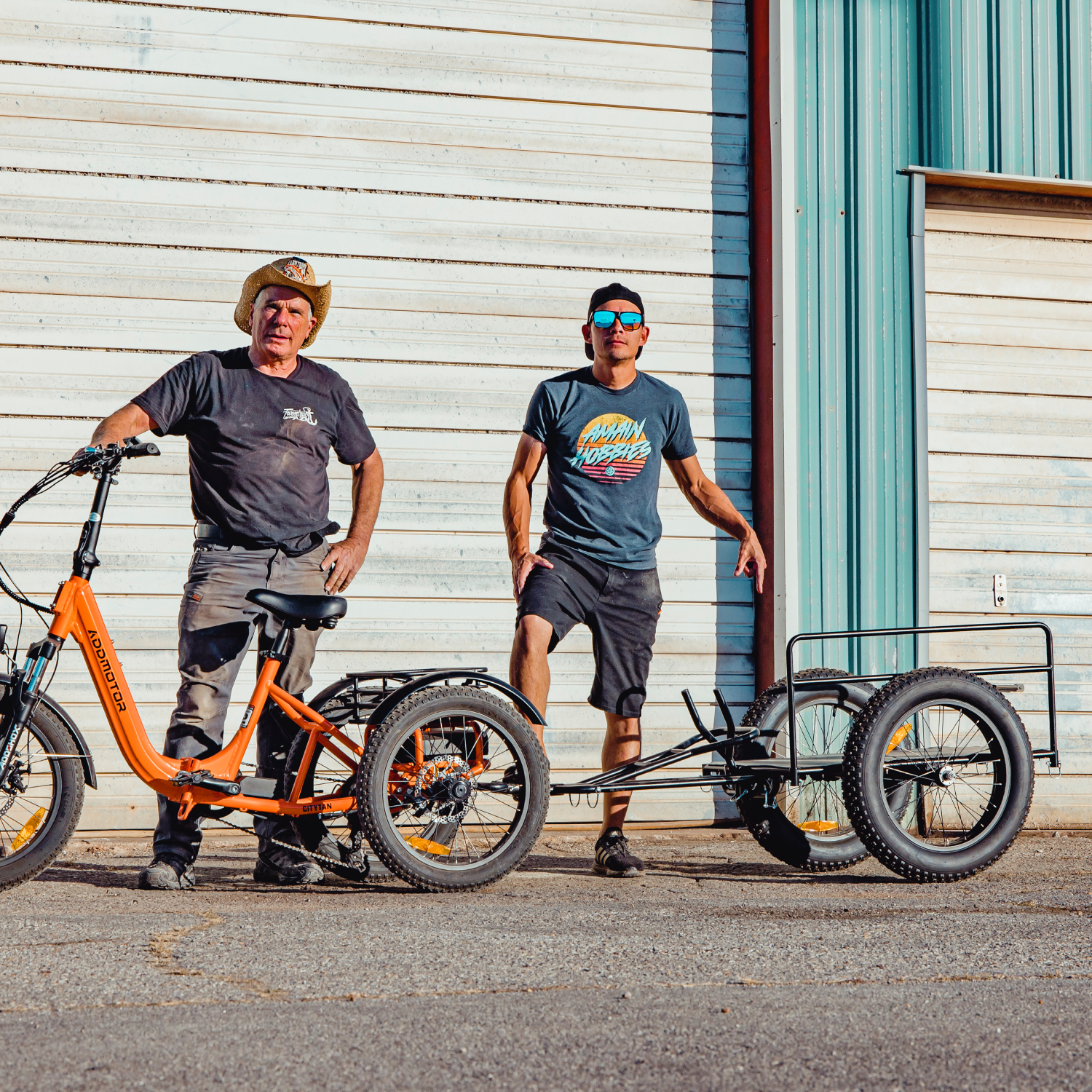Pedal Assist System (PAS) Explanation
Pedal assist systems (PAS) have revolutionized the way we experience electric biking. Gone are the days of purely motorized rides - with PAS, riders can now enjoy the perfect balance of human effort and motor assistance, resulting in a seamless and enjoyable ride. Whether you're a fitness enthusiast, a commuter, or someone who wants to reduce their carbon footprint, understanding how PAS works, and its advantages can help you make an informed decision when choosing an electric bike.
What does Pedal Assist entail, and how does it function?
Pedal assist, commonly known as PAS, is a technology that allows an e-bike's motor to assist in the rider's pedaling effort. When the rider pedals, the motor engages, providing an additional boost of power to the pedals, making it easier to pedal and increasing the overall speed of the e-bike.
Addmotor EB 2.0 electric trikes’ 7-level PAS controls:
PAS 0: When the pedal assist mode is set to “0”, the pedal assist function(s) do not engage. The throttle controls will work when you turn ON the switch button.
PAS 1-3: This level provides a motor-assisted speed from 8 to 12 mph with a range of 65-85 miles. It offers low assistance, making it suitable for riders who prefer a gentle boost to their pedaling effort or need an extended range for longer rides.
PAS 4-5: This level provides a motor-assisted speed of 14-16 mph with a range of 50-55 miles. It offers moderate assistance, making it suitable for riders who want a balanced combination of speed and range for various riding conditions.
PAS 6-7: This level offers a motor-assisted speed of 18-20 mph with a range of 40-45 miles. It provides high assistance, making it ideal for riders who want a significant boost in speed and a reasonable range.
It is important to note that the exact power output and assistance levels may vary depending on the e-bike brand and model. PAS levels can typically be adjusted using the e-bike's control display or handlebar-mounted controls, allowing riders to easily switch between different levels of assistance on the go, depending on their needs and riding conditions.
Types of E-Bike Pedal Sensors
Pedal sensors are essential components of the PAS, as they detect the rider's pedal movement and provide signals to the motor to determine the level of assistance to be provided.
Cadence Sensors- Cadence sensors are the most basic type of pedal sensors based on the detection of pedal rotations. They measure the number of pedal rotations per minute (RPM) and send signals to the motor to assist accordingly.
Torque Sensors- Torque sensors are more advanced and provide a more sophisticated level of assistance. They measure the amount of force or torque applied by the rider on the pedals and adjust the motor assistance accordingly.
Speed Sensors- Speed sensors, as the name suggests, measure the speed of the e-bike and provide assistance based on the speed. They do not consider the rider's effort or forces applied on the pedals and are less commonly used compared to cadence and torque sensors.
Advantages of Pedal Assist System
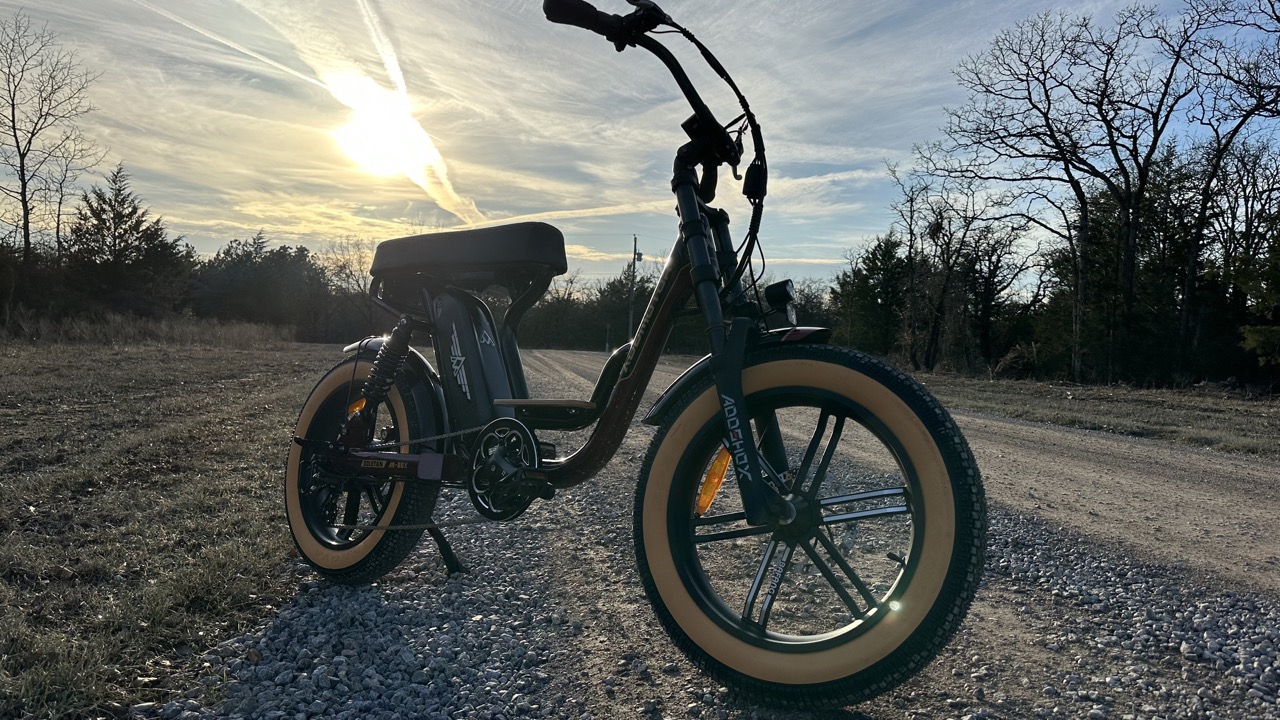 This electric fat tire bike, with PSA & throttle control, offers the best of two worlds!
This electric fat tire bike, with PSA & throttle control, offers the best of two worlds!
Using a pedal-assist system on an e-bike offers several advantages, making it a popular choice among riders.
Extended Range- PAS allows riders to cover longer distances on their e-bikes with less effort, as the motor provides additional power to the pedals. It can be especially beneficial for riders commuting to work or running errands, as it helps reduce fatigue and increases the overall range of the e-bike.
Health and Fitness Benefits- Although e-bikes provide assistance, riders still need to pedal, which offers health and fitness benefits. PAS encourages riders to engage in physical activity and enjoy the benefits of exercise, such as improved cardiovascular health, increased muscle strength, and reduced stress.
Customizable Riding Experience- PAS typically offers multiple levels or modes that can be adjusted according to the rider's preferences and riding conditions. It allows riders to customize their e-bike experience and choose the level of assistance they desire, ranging from minimal assistance for a more challenging workout to maximum assistance for a leisurely ride.
Addmotor, a leading e-bike brand, offers electric tricycles with a 7-level Pedal Assist System (PAS) that provides a versatile and customizable riding experience. This wide range of assistance levels caters to various riding preferences and terrain conditions, making it suitable for a wide range of riders.
Conclusion
Pedal assist systems (PAS) are a significant feature of e-bikes that enhance the riding experience. With different types of sensors, such as cadence, torque, and speed sensors, riders can choose the level of assistance they prefer.

